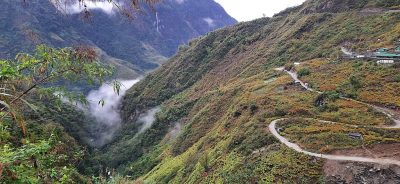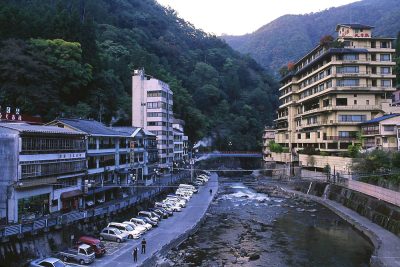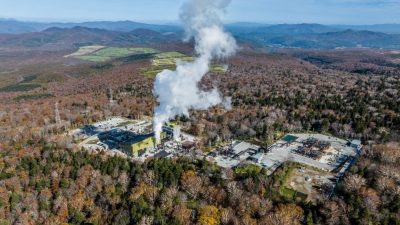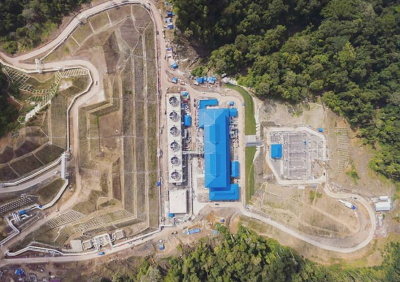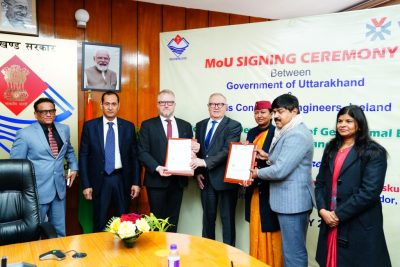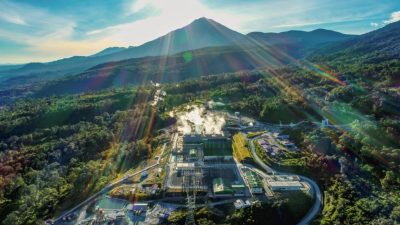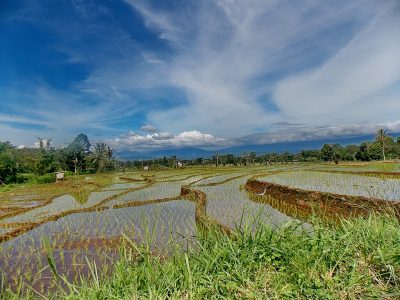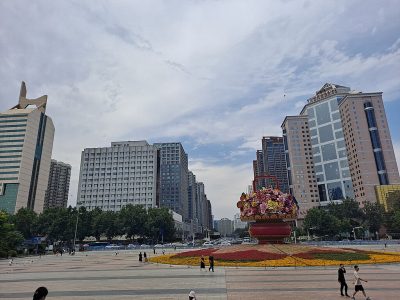Australian geothermal sector sees time of progress in 2010
Representatives of the Australian geothermal energy sector are providing a positive outlook for the sector, claiming that the sector sees good progress and that it could attain 2,600 MW capacity by 2020.
In an article on the outlook for the energy sector in Australia, the author is looking into “One of the big question marks over new energy supply in 2010 is whether the geothermal sector can push on after winning its first real support from the federal government this year.”
According to the article, “There are now eleven geothermal companies listed on the ASX and 48 in total pursuing exploration licences across the country. Federal Energy Minister Martin Ferguson claims that $200 million worth of government grants are now leveraging $720 million worth of investment.
Terry Kallis, chairman of the Australian Geothermal Energy Association and CEO of Petratherm, sees a time for real progress in the sector over the next five years, during which his company and Geodynamics will bring in demonstration plants of 20 to 30 MW. The regulatory system is also set to throw up a new approach to transmission development that will provide remote renewable generation with its lifeline to the market. The sector also hopes to get another slice of federal government support – there is still $200 million left in the kitty of the Australian Commission for Renewable Energy.
Kallis, giving evidence in mid-December to the Senate select committee on fuel and energy, said development of a power line linking the Cooper Basin to Port Augusta could see several companies, including his, bringing on about 260 MW of capacity. This is a small step to eventually sustaining a potential 10,000 MW generation operation from central Australia.
Susan Jeanes, the AGEA chief executive, cites a new Sinclair Knight Merz study for the association claiming that, under optimum conditions, the sector could attain 2,600 MW capacity by 2020 – an upgrade of the forecast that McLennan Magasanik Associates produced for the Federal Treasury. The MMA report suggested between 1,000 MW and 2,200 MW could be available by the end of the new decade (delivering output equivalent to 6,000 MW of variable wind farm production).
Jeanes argues that the geothermal firms need government support until about 2014, by which time they expect to be gaining the confidence of the private market – which they will need in spades because the investment required to deliver the new projects in this decade alone runs to some $12 billion.
According to Kallis, eventually providing a major transmission link between the generators and the main eastern seaboard market could cost about $3 billion by itself.
The Cooper Basin is not the only area in focus for early-ish geothermal development. The Victorian government has tossed $25 million this month to Greenearth Energy for assessing the potential of the hot rock resource around Geelong. If exploration is successful, according to the government, could lead to a 12 MW demonstration plant and an eventual 140 MW operation. The company has also received $7 million from Canberra.
The big attraction of bringing on the geothermal industry, of course, is that it will be providing baseload supply. It is not intermittent like wind and solar power. According to work by consultants, linking this decade’s proposed projects in the northern part of South Australia to the eastern seaboard grid system could deliver benefits of $860 million to SA power users and $2.8 billion for consumers across the whole market compared with the costs of using more expensive renewable energy once the sector gets past the initial high-cost demonstration stage.”
Source: Australian Business Spectator
